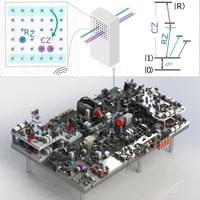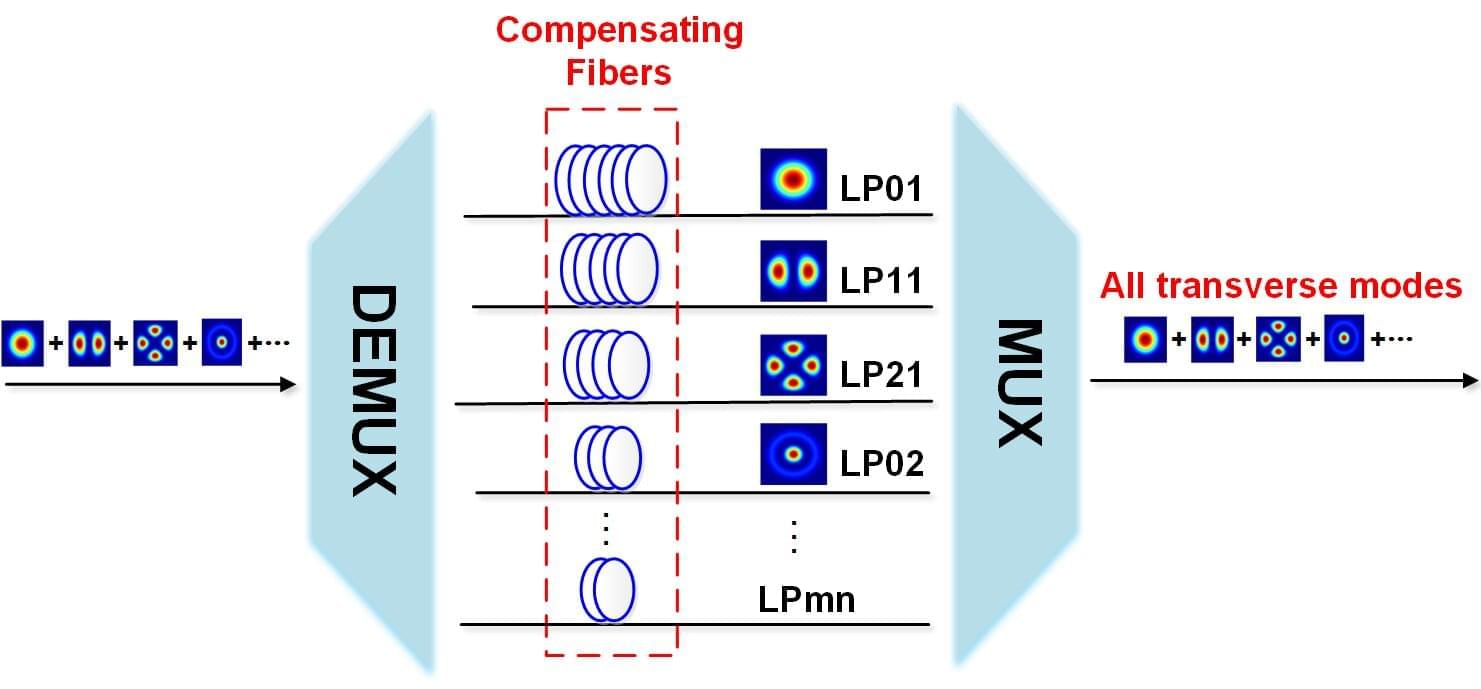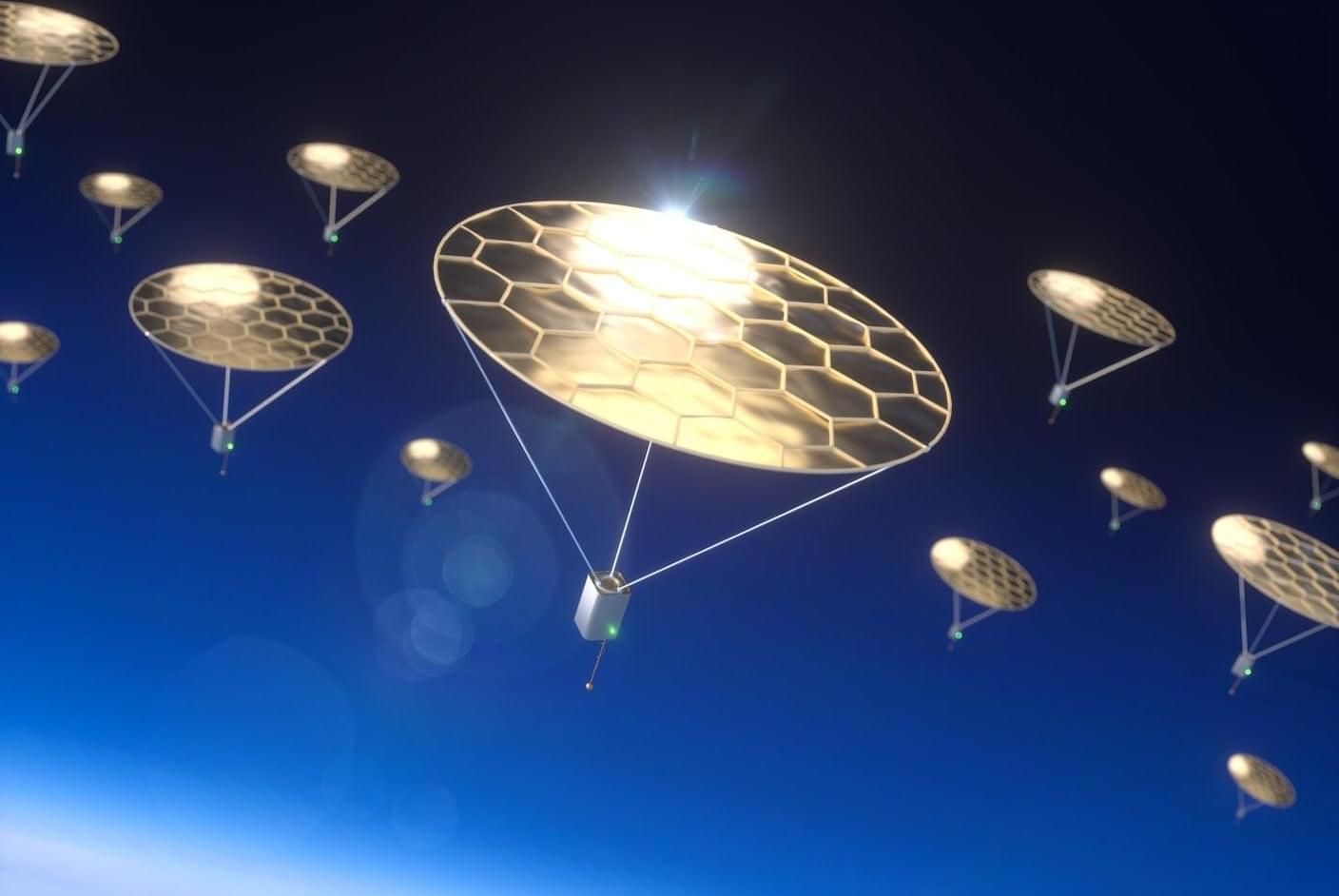The chain of lights shows the river’s corridor from Minya to New Bani Sewf City to the heart of Cairo.



Earlier this year, the company confirmed that its next-generation rack-scale AI platforms will abandon pluggable optical modules in favor of co-packaged optics. At the Hot Chips conference, Nvidia shared new details about its upcoming photonic interconnect products – Quantum-X and Spectrum-X Photonics – scheduled for launch in 2026 for InfiniBand and Ethernet, respectively.

In the 17th century, German astronomer Johannes Kepler figured out the laws of motion that made it possible to accurately predict where our solar system’s planets would appear in the sky as they orbit the sun. But it wasn’t until decades later, when Isaac Newton formulated the universal laws of gravitation, that the underlying principles were understood.
Although they were inspired by Kepler’s laws, they went much further, and made it possible to apply the same formulas to everything from the trajectory of a cannon ball to the way the moon’s pull controls the tides on Earth—or how to launch a satellite from Earth to the surface of the moon or planets.
Today’s sophisticated artificial intelligence systems have gotten very good at making the kind of specific predictions that resemble Kepler’s orbit predictions. But do they know why these predictions work, with the kind of deep understanding that comes from basic principles like Newton’s laws?



From precision machining to advanced microscopy, the demand for higher-power, ultrafast lasers continues to grow. Traditionally, researchers have relied on single-mode fibers to build these lasers, but they face a fundamental physical limit on energy output. To break through this bottleneck, we have turned to multimode fibers, which can carry many light modes—essentially different shapes of light—at once, a technique known as spatiotemporal mode-locking (STML).
However, getting these different modes to work together in harmony has been a significant challenge. In our latest research, published in Optics Letters, we have developed a new technique that allows us to precisely and independently control each of these transverse modes, leading to a dramatic boost in laser power and versatility.
The core problem we faced is known as intermodal dispersion. In a multimode fiber, different light modes travel at slightly different speeds. This velocity mismatch causes the laser pulses to spread out and separate in time and space, preventing the formation of stable, high-power pulses. Previous STML techniques typically used a method called spatial filtering to compensate for this dispersion, but this approach limits the number of modes that can be locked together, thereby capping the potential power enhancement.

Two-dimensional (2D) materials, thin crystalline substances only a few atoms thick, have numerous advantageous properties compared to their three-dimensional (3D) bulk counterparts. Most notably, many of these materials allow electricity to flow through them more easily than bulk materials, have tunable bandgaps, are often also more flexible and better suited for fabricating small, compact devices.
Past studies have highlighted the promise of 2D materials for creating advanced systems, including devices that perform computations emulating the functioning of the brain (i.e., neuromorphic computing systems) and chips that can both process and store information (i.e., in-memory computing systems). One material that has been found to be particularly promising is hexagonal boron nitride (hBN), which is made up of boron and nitrogen atoms arranged in a honeycomb lattice resembling that of graphene.
This material is an excellent insulator, has a wide bandgap that makes it transparent to visible light, a good mechanical strength, and retains its performance at high temperatures. Past studies have demonstrated the potential of hBN for fabricating memristors, electronic components that can both store and process information, acting both as memories and as resistors (i.e., components that control the flow of electrical current in electronic devices).

The RoboBall project is based on the simple concept of a “robot in an airbag,” with two versions currently in development.
